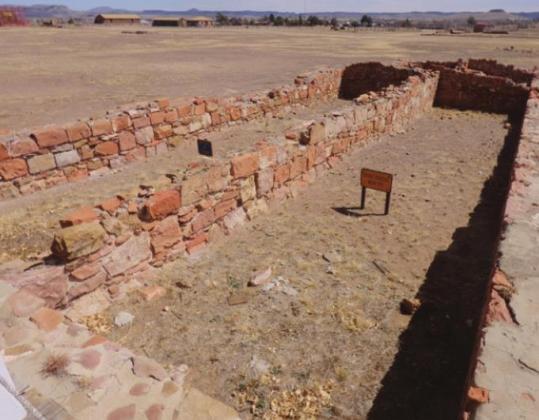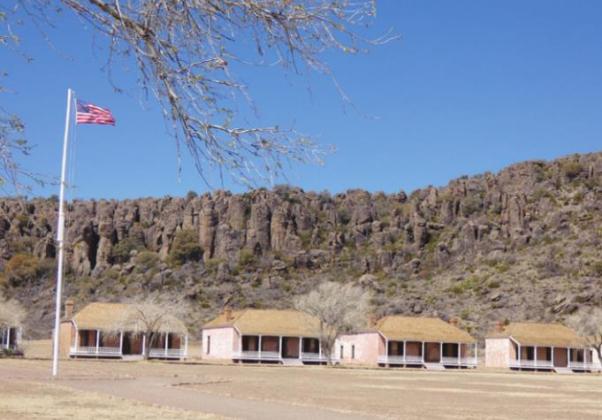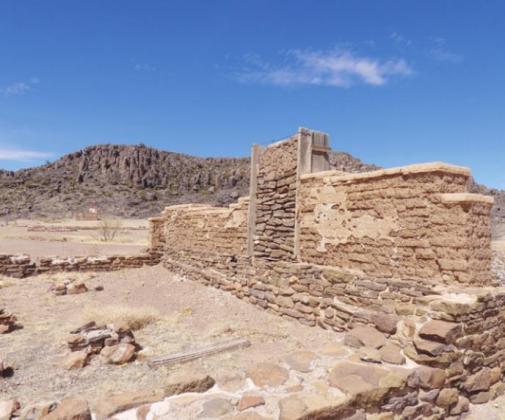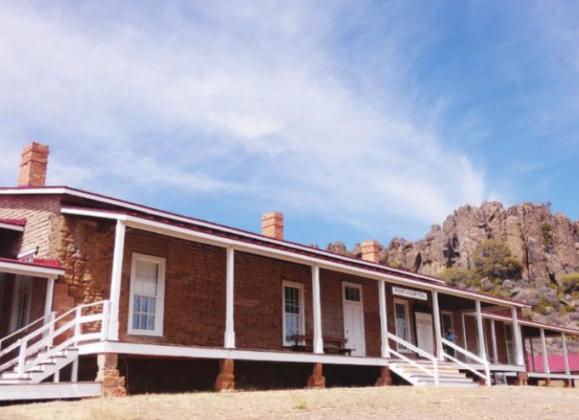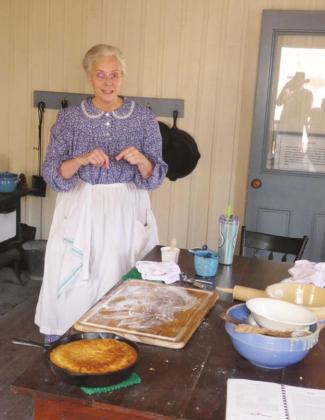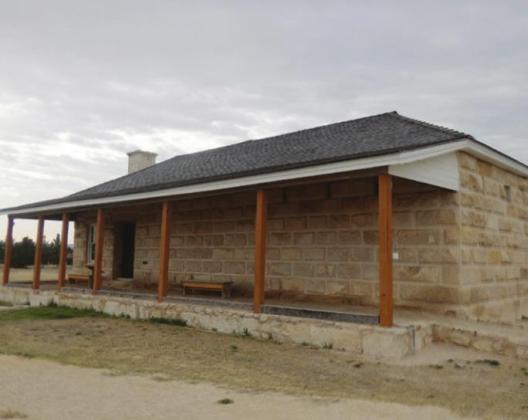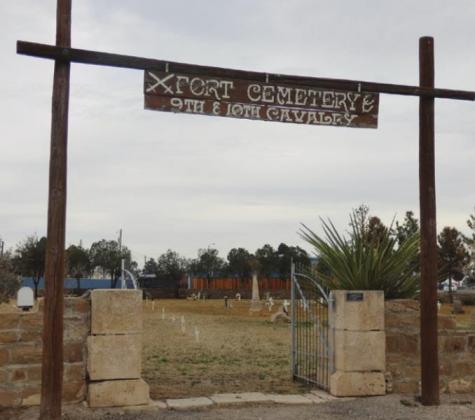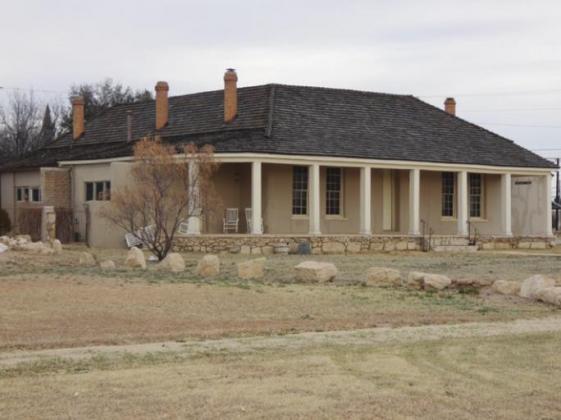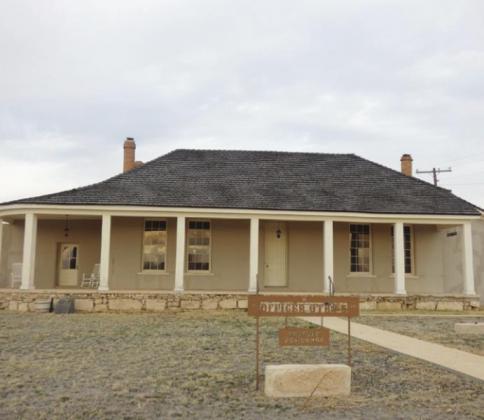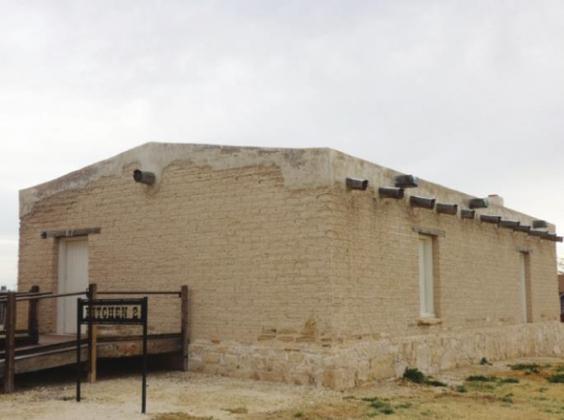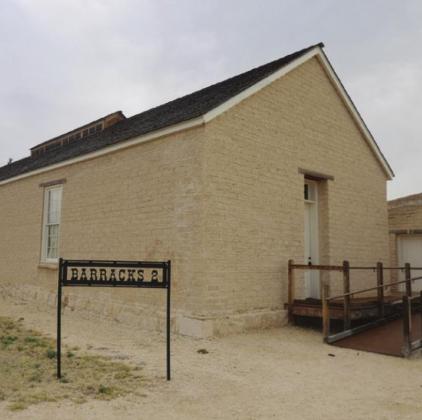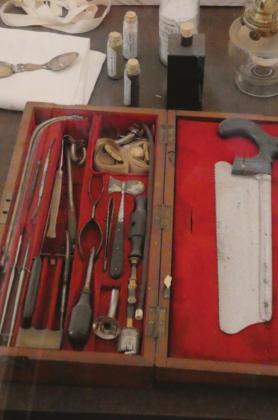IN MARCH, SHIRLEY AND I visited Fort Davis National Historic Site way out in West Texas on our way home from Arizona. As in the movies, there were military posts in strategic locations all over the West. Fort Davis was not typical because the 9th and 10th Regiments of the US Cavalry and the 24th and 25th Infantry stationed there were Black men, many former slaves. The Apaches, Kiowas and Comanches referred to them as Buffalo Soldiers because their curly hair reminded the Indians of the dark fur of buffalo.
If everything you know about the Old West comes from movies, the first thing that might surprise you about Fort Davis is that there are no palisade walls. How many times have you seen portrayals of Indian warriors riding circles around a fort made of sharpened wooden stakes—even though there is not a single tree within a hundred miles. Actually, Western forts without walls were quite typical. The presence of 400 soldiers was usually sufficient in itself to discourage attacks.
The original Fort Davis was established in 1854 to protect frontier settlements, travelers bound for the gold fields of California, stage coaches, wagon trains and the US Mail. This sort of dramatic action is the focus in movies, but it involved only a very small part of the actual work done by the soldiers, all of whom, by the way, were white until after the Civil War. More mundane tasks included surveying and mapping the West Texas plains and stringing thousands of miles of telegraph wire.
At the start of the Civil War, federal troops were withdrawn and the fort was occupied by Confederates until 1862 when Union forces again took control temporarily. Then the fort was abandoned for five years. So, when you visit, what you see is basically two Fort Davises. The old fort is today an archeological site represented by the stone foundations of the original buildings. The much more substantial replacement army post, built in 1867, is the surviving officers’ quarters, enlisted men’s barracks, storehouses, and the hospital. Partial ruins show that walls were typically of adobe that was plastered over for a much more civilized look and to protect the underlying mud bricks. Buffalo Soldiers were stationed at the new fort after Congress authorized the formation of two cavalry and four infantry units “composed of colored men.”
But you may be more interested in the role of the Buffalo Soldiers during the ongoing hostility with the Indians. There were no large-scale battles, but there was constant skirmishing and pursuit to discourage Indian raiding parties. In 1879 and 1880, in particular, there was a series of encounters with Apaches under Chief Victorio. The strategy of the army was to block the mountain passes and sources of water as well as raid Victorio’s food supply camps. Wearing my Genuine Amateur Psychologist’s hat, this might have reminded Victorio of the reason he left the San Carlos reservation in the first place; the government refused to provide the promised food allotment, thus reducing his people to near starvation. The animosity he felt resulted in increasingly brutal encounters that often involved torture and mutilation. During this period, Victorio con
During this period, Victorio continued to raid into Mexico where his men killed 15 villagers and 11 more who came looking for them. Few Indians lived permanently in this part of West Texas, but they had been passing through since about 1820 to plunder villages in northern Mexico. It became a way of life that provided not only food and horses but a means of achieving rank and status within the tribe. Think of them as Native American Vikings who set out to exploit less warrior-like peasant farmers.
The Treaty of Guadalupe Hidalgo that ended the Mexican War required the US to help end these raids. When the Mexican government telegraphed the US commander to report that their army was pursuing Victorio towards Texas, the Buffalo Soldiers chased him back into Mexico where he was killed.
Most of the risk and actual deaths at Fort Davis had nothing to do with Indians but with common health issues. Army rations in the best of circumstances were nutritionally deficient. Even so, when we visited there was a woman demonstrating the function of a fort kitchen. She had just removed a skillet of cornbread from the oven of the wood-burning stove. Smelled delicious. She opened the oven door to reveal a loaf of wheat bread that was a tad darker on one side than might have been wished because she got distracted talking with visitors and neglected to rotate it.
In the West Texas desert, scurvy became a problem because man does not live by bread alone. The fort surgeon insisted on starting a hospital garden and encouraged the soldiers to plant their own private plots. Medical care in the army was actually state-of-the-art. For the 19th century, that is. Which isn’t saying much. Crude surgical equipment on display in the fort hospital does not look like it would instill much confidence in patients today. There was no effective treatment for infection or common illnesses such as cholera or diphtheria that killed more soldiers than battle did. Lt. Robert Stafford, for example, contracted dysentery, probably from contaminated water, while scouting with his troops in the Guadalupe Mountains. He was buried the next day “with all the military honors possible under the circumstances.”
Still, the army successfully attracted black recruits because soldiers were fed, clothed, housed, and given medical care, such as it was. And the pay was equal for all soldiers black or white—a whole $13 a month. Plus a chance for advancement that was not always available to blacks in the civilian world. Their ranks included Henry O. Flipper, the first black West Point graduate, and 14 recipients of the Congressional Medal of Honor. Following their service, Buffalo Soldiers were in demand as cowboys, about 25% of whom in West Texas were black. As skilled riders, Buffalo Soldier non-commissioned officers were chosen to train West Point cadets at Fort Riley, Kansas.
In 1880, after the Indian wars subsided, Buffalo Soldiers were assigned to Indian Territory, now Oklahoma, for the rather ironic task of protecting Indians from whites who tried to settle illegally on Indian land.
Another surprising assignment they drew was as park rangers at Yosemite and Sequoia where they built roads and trails, stopped illegal logging, and discouraged poachers. This was well before the National Park Service was established in 1916.
Which brings us back to Fort Davis NHS, quite fittingly a national park. The Site is 474 acres with 24 restored buildings and more than 100 ruins. In normal times, there are Living History Demonstrations by rangers and volunteers in period costumes. These make history interesting to people who don’t normally care about history. And, of course, the enthusiasm of children is encouraged by the Junior Ranger program as at all other national parks.
But, as you are unfortunately aware, normal times have not quite returned. Some key park facilities are still closed by the pandemic, but the area itself remains attractive for the same reasons a fort was built here in the first place. It is tucked back in a picturesque box canyon on Limpia Creek with ample supplies of wood, water, and grass—all hard to come by in a desert environment. And, as a national park, it is much more picturesque than a fort stuck out on the barren desert. (Note that John Wayne only agreed to fight Indians in the most photogenic locations.)
Fort Stockton, in contrast, has no appeal as a movie set. Its location was chosen for a reliable water source at Comanche Springs along the San Antonio to El Paso road. In other respects, the history of Fort Stockton is almost exactly parallel to that of Fort Davis. Camp Stockton dates from 1858, exchanged hands as a result of the Civil War, and was re-established in 1867 as Fort Stockton with a garrison of four companies of the 9th Cavalry—the Buffalo Soldiers. Colonel William Hatch, the white commanding officer, is reported to have respected his troopers and they returned the favor.
With the surrender of Geronimo and the death of Victorio, the Indian wars in the Southwest came to an end. So, Fort Stockton was abandoned yet again in 1886 and Fort Davis in 1891 because they had outlived their usefulness.
Not quite useless from our point of view, however. These forts still attract thousands of visitors every year. Even this year. Even people who think they hate history and get dragged there by an insistent parent or spouse who is more enthusiastic. Then they discover that history seen in person can be way more interesting than the way it was taught it in the fifth grade. The trick is to take a little walk around the parade ground, poke your head into the barracks and officers’ quarters, talk to a ranger or docent in period dress so as to better understand what life was like 150 years ago. One thing is for sure: cruising comfortably down I-10 is just a walk in the park compared to the surgery, pharmaceuticals, and hostile Indians the Buffalo Soldiers had to deal with.
LeMoyne Mercer is the travel editor for Healthy Living News. There is limited space here for LeMoyne’s photos. You might want to see more at anotherwalkinthepark.blogspot.com. Please leave comments on the site.

